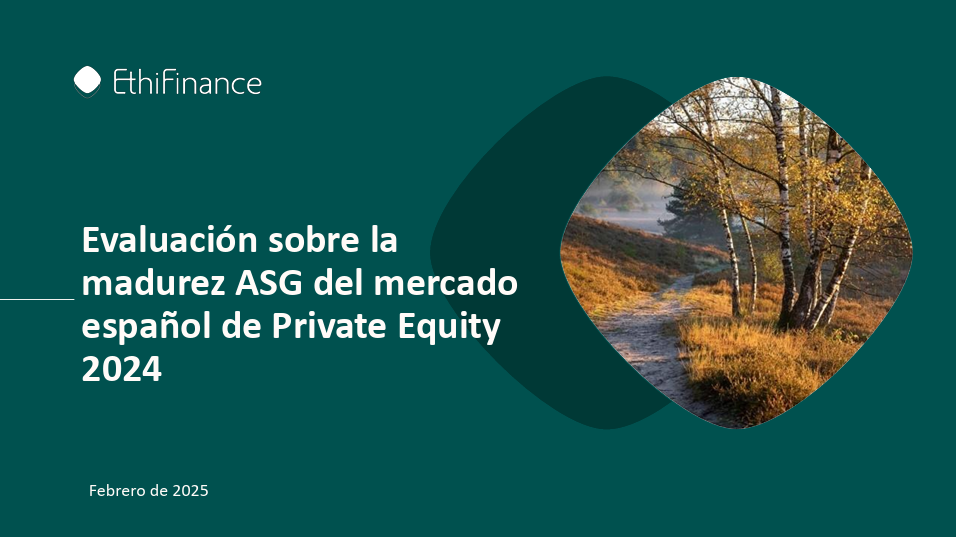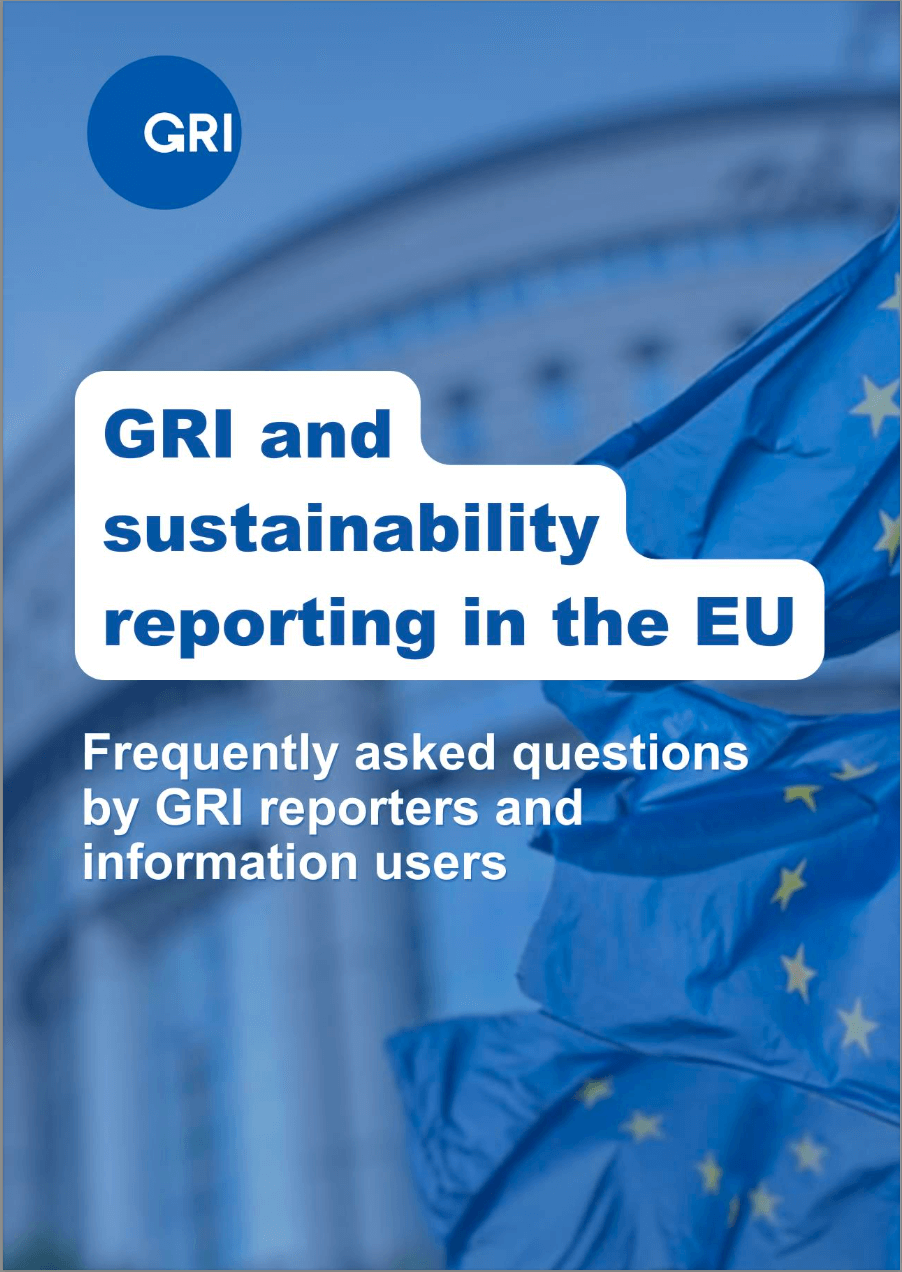GRI and sustainability reporting in the EU. Frequently asked questions for GRI reporters and information users
Detalles
| Now that tens of thousands of companies are subject to extensive reporting requirements under the EU Corporate Sustainability Reporting Directive (CSRD), what does this mean for the many organisations already reporting their impacts using the GRI Standards? This new GRI publication looks at how a high degree of interoperability has been achieved between the European Sustainability Reporting Standards (NEIS or ESRS) and the widely used GRI Standards. The document provides answers to questions about what the new European Sustainability Reporting Standards (ESRS) mean for the use of GRI standards: • GRI's collaboration with EFRAG will lead to 42,500 companies publishing impact reports through the ESRS that is aligned with GRI standards. • Multiple resources – including an interoperability index and a full correlation table, training courses and reporting services – have been provided to help GRI reporters comply with CSRD standards. • The renewal of the Memorandum of Understanding between GRI and EFRAG is leading to a new phase of increased cooperation in standard-setting, as well as a commitment to further strengthen capacities. • GRI's global relevance is reinforced by working together with the International Sustainability Standards Board (ISSB) to complement jurisdictional reporting requirements. • How the GRI Standards, the NEIS (ESRS) and IFRS on sustainability disclosure fit together, including the different approaches to materiality. |
Recursos relacionados

Assessment of the ESG maturity of the Spanish Private Equity market 2024
The report follows the analysis initiated by EthiFinance in the first edition of the "SRI Study on the Spanish Private…

Biodiversity measurement approaches: A practitioner’s guide for financial institutions
This guide aimed at financial institutions allows you to learn more about the different methods for measuring biodiversity, helping to…


